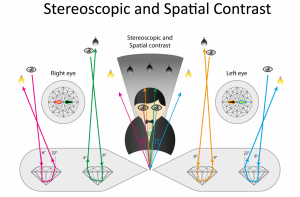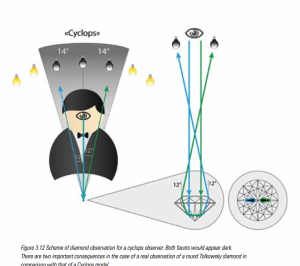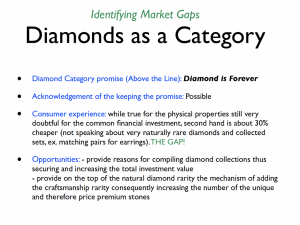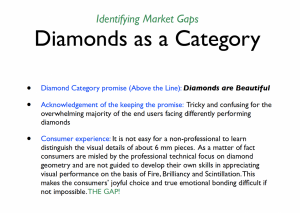criterion |krīˈti(ə)rēən|
noun ( pl. -teria |-ˈti(ə)rēə|)
a principle or standard by which something may be judged or decided
reason|ˈriːz(ə)n|noun
1 a cause, explanation, or justification for an action or event: she asked him to return, but didn't give a reason|I resigned for personal reasons|[with clause]:Giles is the reason that I am here.
•[mass noun]good or obvious cause to do something: we have reason to celebrate.
•Logic a premise of an argument in support of a belief, especiallya minor premise when given after the conclusion.
2 [mass noun]the power of the mind to think, understand, and form judgements logically: there is a close connection between reason and emotion.
•what is right, practical, or possible; common sense: people are willing, with in reason, to pay for schooling.
•(one's reason)one's sanity: she is in danger of losing her reason.








300x240.png)